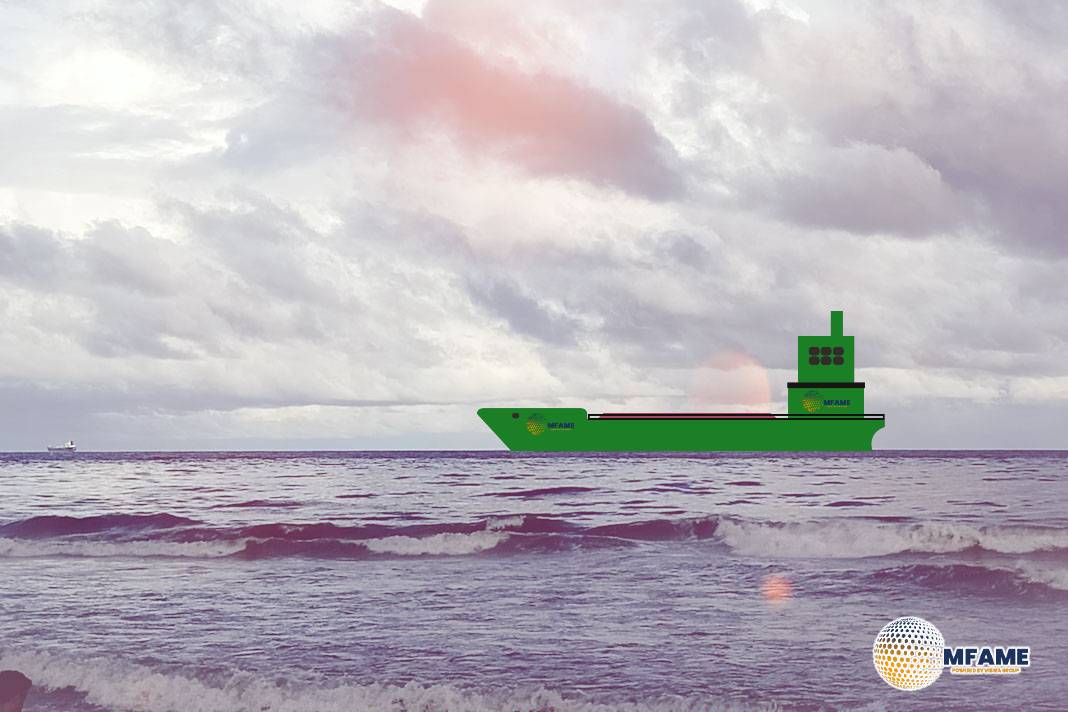Ammonia is rapidly gaining traction as a potential alternative fuel for maritime transport, offering a promising route toward decarbonization. When produced using renewable energy, green ammonia emits no carbon dioxide during combustion and can reduce overall greenhouse gas emissions by up to 90% compared to conventional marine fuels. This makes it a strong candidate for helping the shipping industry meet global climate targets in the coming decades.
Despite its environmental advantages, ammonia presents significant challenges. It is a toxic and corrosive substance, requiring specialized handling procedures, storage systems, and safety infrastructure at ports. Additionally, combustion of ammonia can lead to the release of nitrogen oxides and, in some cases, nitrous oxide, a potent greenhouse gas. Addressing these emissions will require advances in engine design and exhaust after-treatment technologies to ensure ammonia’s environmental benefits are fully realized.
Innovations and Demonstrations at Sea
Several pioneering projects are now bringing ammonia-powered ships closer to reality. Some companies have successfully retrofitted older vessels to run on ammonia-derived hydrogen through fuel cell technology, demonstrating the feasibility of transitioning existing fleets. In a landmark achievement, the world’s first ocean-going vessel equipped with dual-fuel engines capable of operating on both ammonia and diesel has recently completed international trials, showing that ammonia can be used reliably in large-scale marine applications.
Efforts are also underway to develop the necessary infrastructure to support ammonia as a marine fuel. Major ports across Asia and Europe are investing in bunkering systems designed specifically for ammonia storage and fueling. These pilot projects are helping to establish the operational standards and safety protocols needed for global ammonia adoption in the shipping sector.
Scaling Up: Timeline and Commercial Viability
Commercial deployment of ammonia-powered vessels is expected to begin around 2026, with initial focus on large tankers and cargo carriers. As production capacity increases and technological maturity improves, experts anticipate that ammonia could reach cost competitiveness with fossil marine fuels between 2026 and 2030. Forecasts suggest that by 2050, global shipping could require nearly 200 million tonnes of ammonia annually, underscoring the scale of investment and infrastructure required to meet future demand.
For ammonia to become commercially viable, industry stakeholders will need to coordinate efforts across shipbuilding, fuel production, and regulatory compliance. Early adopters and pilot programs will play a critical role in shaping the learning curve and reducing future costs.
Challenges and Policy Support
While the outlook is promising, ammonia’s widespread adoption hinges on several key factors. Stricter regulations on ammonia handling and nitrogen oxide emissions will be essential to ensure safety and public health. Additionally, the industry must develop clear safety standards and robust training programs for crews operating ammonia-fueled vessels.
Global regulatory bodies are working to integrate ammonia into marine fuel guidelines, but progress must accelerate to keep pace with commercial interest. Investment in port infrastructure, supply chain logistics, and fuel certification processes will be necessary to support a sustainable and scalable ammonia-fueled fleet.
Ammonia offers a transformative opportunity for decarbonizing maritime transport. Its potential to cut emissions, combined with growing technological momentum, positions it as a key contender in the green shipping revolution. However, the journey to full adoption is complex and will require coordinated action across governments, industries, and technology providers. With pilot vessels already in motion and infrastructure development underway, the coming years will be critical in determining whether ammonia can truly anchor the future of sustainable shipping.
Did you subscribe to our daily Newsletter?
It’s Free Click here to Subscribe!
Source: Nautilus Shipping

















